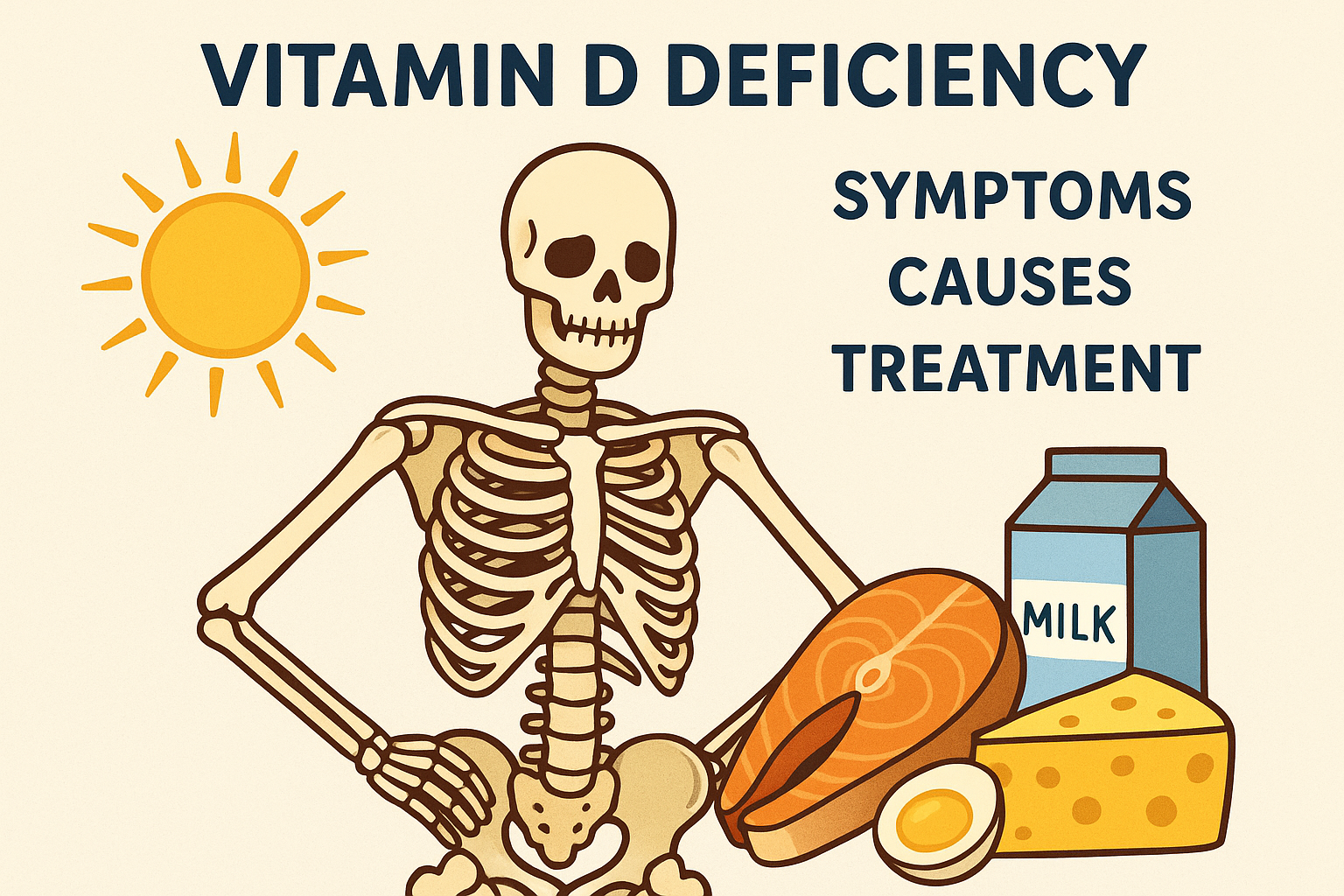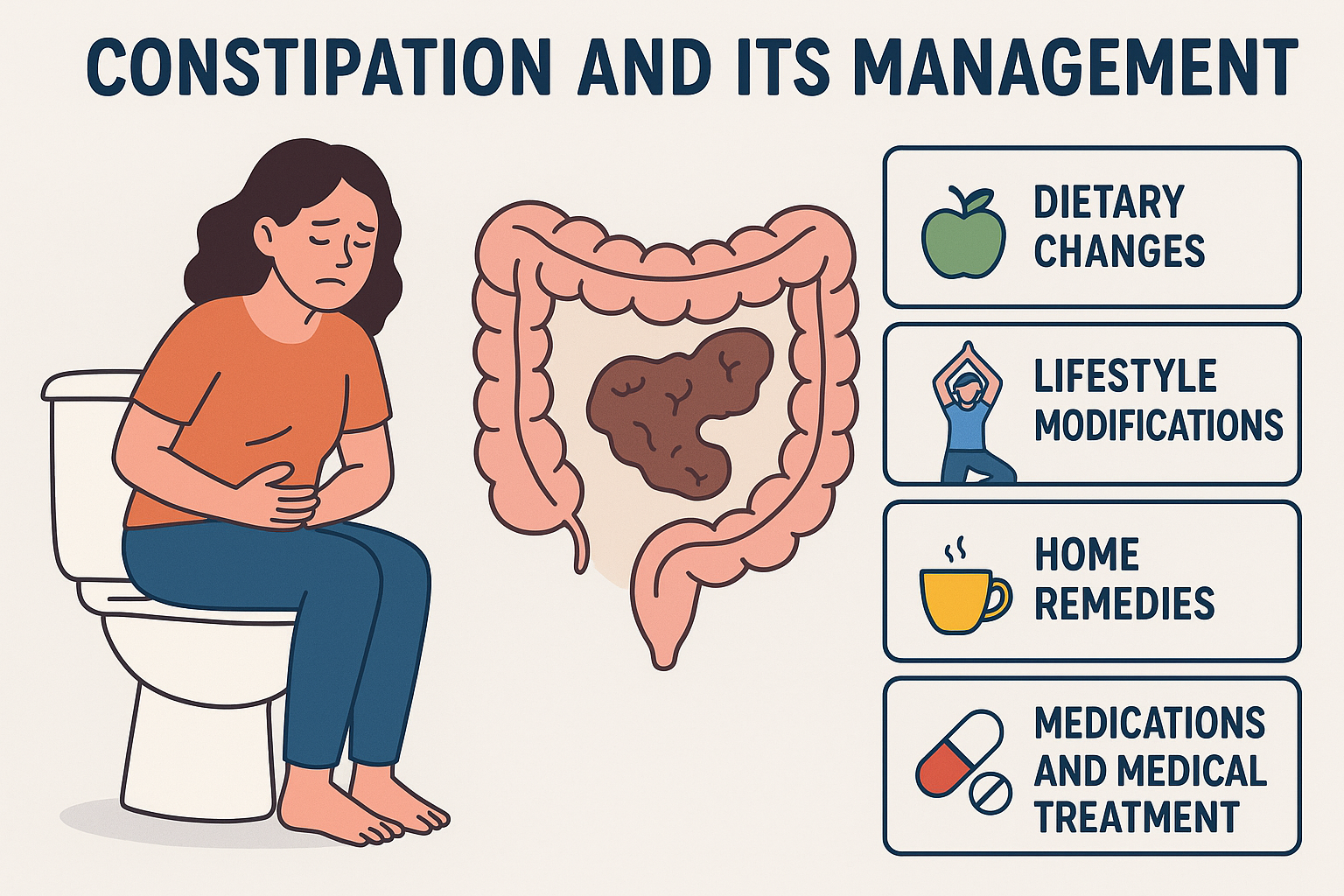Frozen shoulder, also known as adhesive capsulitis, is a painful condition that affects the shoulder joint and limits its range of motion. It commonly develops gradually and can significantly interfere with daily activities, especially in middle-aged adults. Understanding its causes, symptoms, and treatment options is essential for timely management and recovery.
What Is Frozen Shoulder?
Frozen shoulder occurs when the connective tissue surrounding the shoulder joint (called the joint capsule) becomes inflamed and thickened, leading to stiffness and pain. Over time, this restricts movement and can severely impact shoulder function.
Causes of Frozen Shoulder
While the exact cause isn’t always known, several risk factors contribute to its development:
1. Injury or Surgery
Shoulder immobility after an injury or surgery can lead to stiffness and eventual frozen shoulder.
2. Medical Conditions
People with certain health conditions are at a higher risk, including:
- Diabetes
- Thyroid disorders
- Cardiovascular disease
- Parkinson’s disease
3. Age and Gender
Frozen shoulder most commonly affects individuals between 40 and 60 years old and is more prevalent in women than men.
Symptoms of Frozen Shoulder
The condition typically progresses in three stages:
🔹 1. Freezing Stage
- Gradual onset of pain
- Decreasing shoulder motion
- Can last 6 weeks to 9 months
🔹 2. Frozen Stage
- Pain may improve
- Stiffness remains or worsens
- Daily tasks become challenging
- Lasts 4 to 6 months
🔹 3. Thawing Stage
- Shoulder mobility slowly returns
- Pain subsides
- Recovery can take 6 months to 2 years
Diagnosis of Frozen Shoulder
Diagnosis is primarily clinical, based on:
- Medical history
- Physical examination
- Imaging tests like X-rays or MRI to rule out other conditions (e.g., arthritis or rotator cuff tear)
Treatment Options for Frozen Shoulder
Treatment aims to relieve pain and restore shoulder movement. Options include:
✅ 1. Medications
- Nonsteroidal anti-inflammatory drugs (NSAIDs) like ibuprofen
- Pain relievers such as acetaminophen
✅ 2. Physical Therapy
- Stretching and range-of-motion exercises
- Home-based exercise programs are crucial for recovery
✅ 3. Corticosteroid Injections
- Reduce inflammation and pain
- Often used in the freezing stage
✅ 4. Surgical Intervention (Rare)
- Manipulation under anesthesia
- Arthroscopic capsular release
- Reserved for severe, non-responsive cases
Preventive Tips
While not all cases can be prevented, you can reduce the risk of developing frozen shoulder by:
- Keeping the shoulder mobile after surgery or injury
- Managing underlying health conditions (especially diabetes)
- Performing regular shoulder stretches and exercises
When to See a Doctor
Seek medical advice if you experience:
- Persistent shoulder pain lasting more than a few weeks
- Limited range of motion affecting daily tasks
- Difficulty sleeping due to shoulder discomfort
Conclusion
Frozen shoulder can be a frustrating and painful condition, but with early diagnosis and appropriate treatment, most individuals regain full function of the joint. Consistency with physical therapy and medical guidance plays a key role in recovery.



